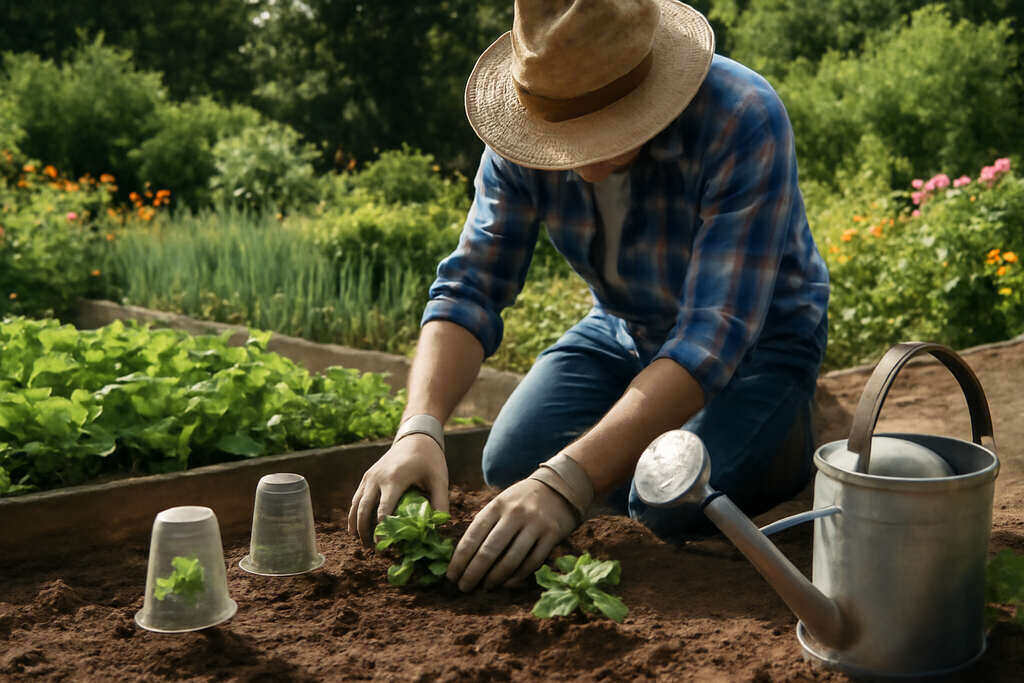Gardening is more than just a hobby—it’s a passion, a way to unwind, and a rewarding challenge. But let’s be honest, it can get frustrating at times. From stubborn weeds to unpredictable weather, gardening sometimes feels like a never-ending task. That’s where a few brilliant gardening tricks come in.
These little hacks can make all the difference, saving you time, effort, and even money. Whether you’re a beginner or an experienced gardener, these clever tricks are practical, easy to implement, and, most importantly, they work. Let’s dig into some tried-and-true tricks that gardeners love!
1. Repurpose Coffee Grounds for Healthier Soil
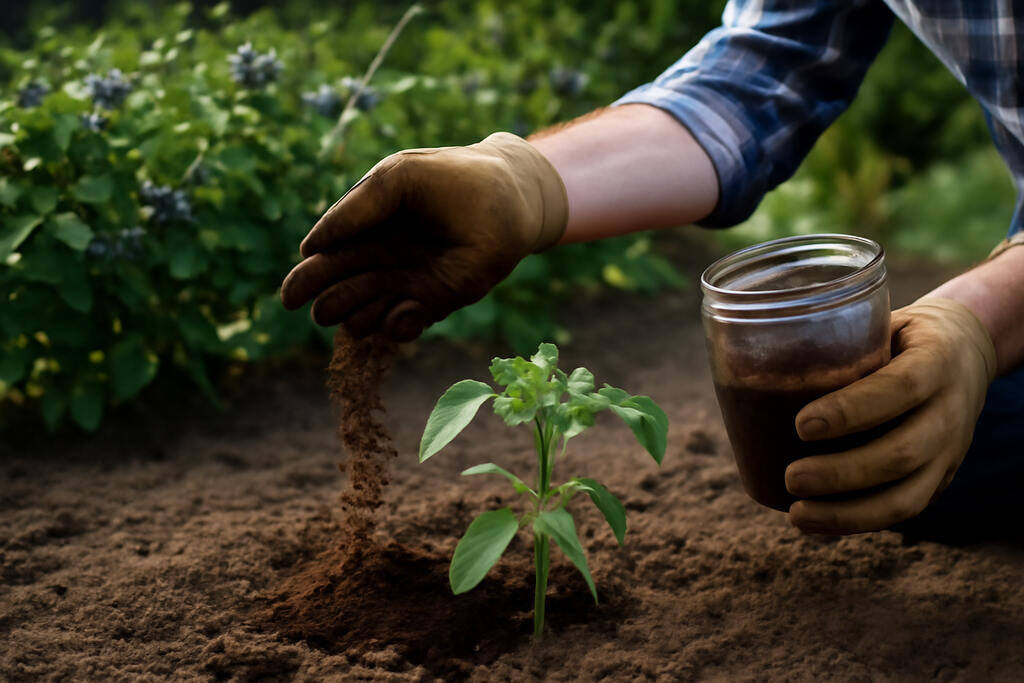
Coffee grounds are a gardener’s hidden gem. Packed with nitrogen, they make a fantastic natural fertilizer for plants. Instead of throwing away your used coffee grounds, sprinkle them directly into your soil or mix them into your compost.
They help improve soil structure, increase drainage, and even discourage pests like slugs and snails. I’ve used coffee grounds around my tomatoes, and the plants have flourished! They’re also great for acid-loving plants, like blueberries and azaleas. If you’re a coffee drinker, this is a win-win!
2. Use Eggshells to Prevent Blossom End Rot
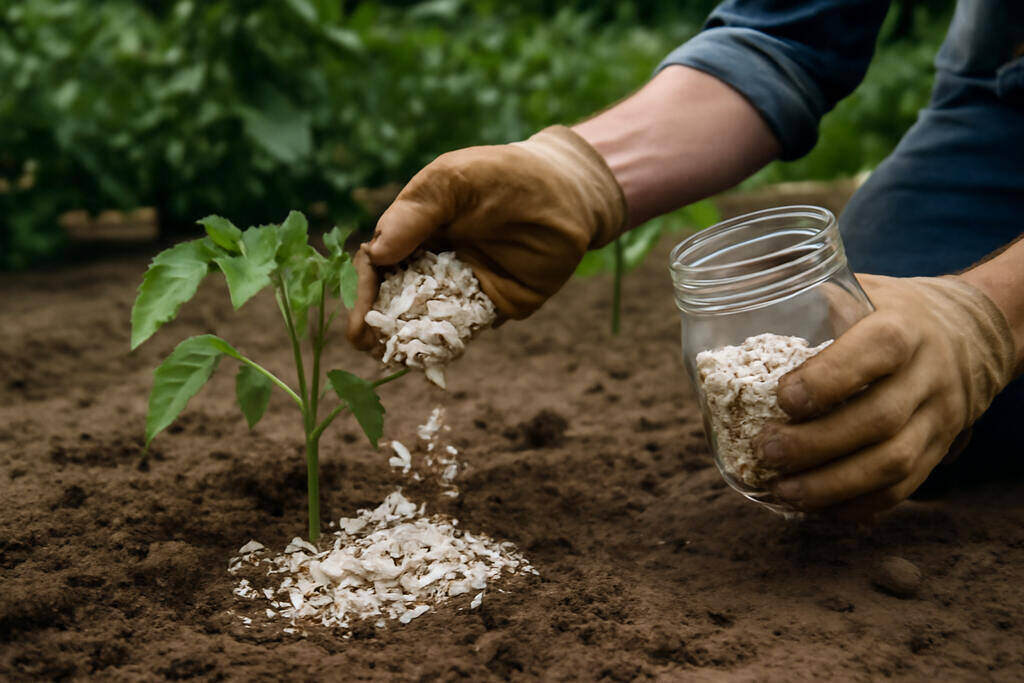
Blossom end rot is a common problem for gardeners, especially with tomatoes. This condition is caused by a calcium deficiency in the soil. The good news? Eggshells are rich in calcium, making them an easy and free fix! Simply crush the eggshells and sprinkle them around your plants, or bury them in the soil before planting.
The eggshells break down slowly, releasing calcium into the soil over time. I used eggshells in my garden last year, and I noticed a significant reduction in blossom end rot. It’s an easy, eco-friendly solution that works!
3. Start Seeds in an Egg Carton
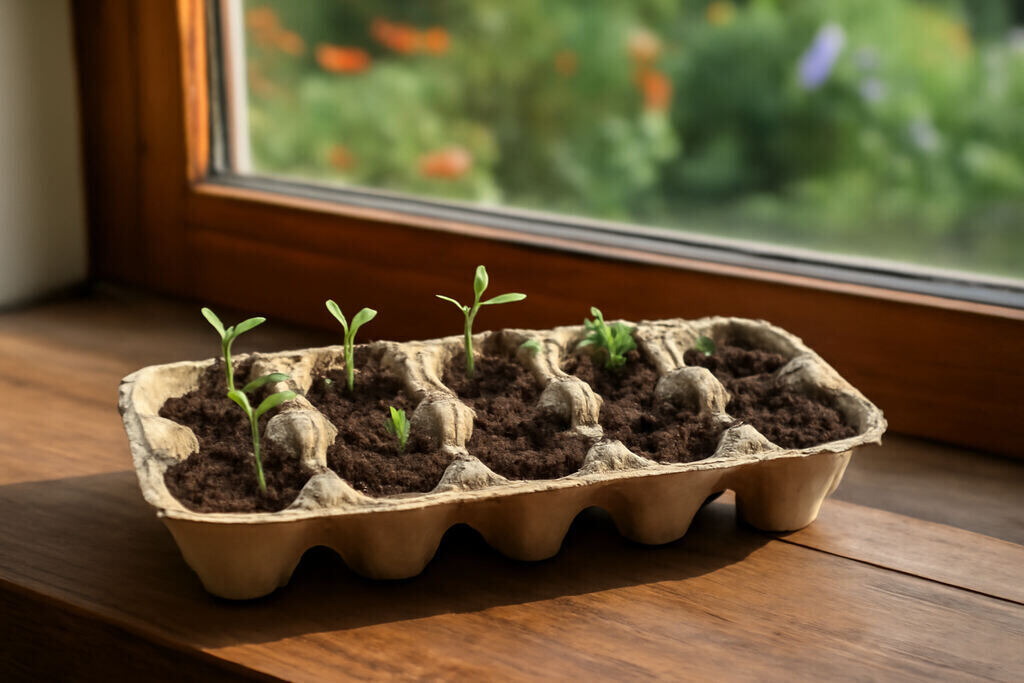
Starting seeds indoors is one of the best ways to get a head start on your garden, but it can be tricky finding the right containers. Instead of buying expensive seed trays, you can use an old egg carton. Just fill each compartment with soil, plant your seeds, and keep them in a sunny spot.
When it’s time to transplant, simply cut the individual sections and plant them directly into the ground. The cardboard breaks down naturally, and your plants won’t be disturbed by the transplanting process. I’ve started all my herbs this way and it’s been an easy, low-cost method.
4. Mulch to Retain Moisture and Keep Weeds at Bay
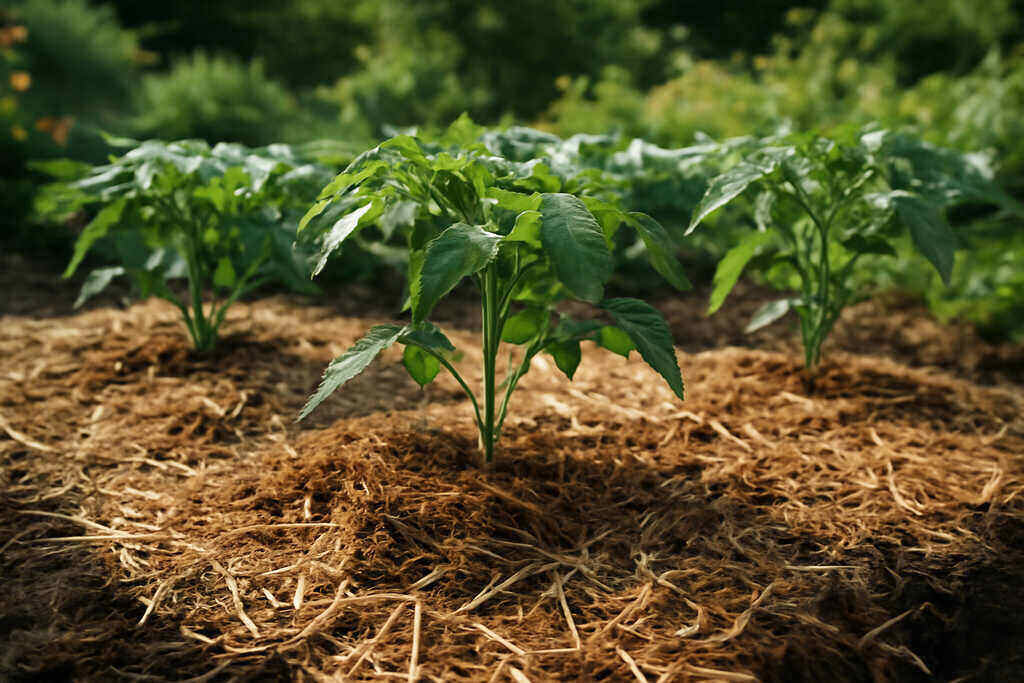
Mulching is one of those gardening tricks that makes a world of difference. By applying a 2-3 inch layer of mulch around your plants, you help retain moisture in the soil, keep the roots cool, and prevent weeds from taking over.
I mulch my garden beds with a mix of shredded leaves and straw, which not only reduces the need for frequent watering but also adds nutrients to the soil as it decomposes. During hot summer months, mulch helps keep the soil from drying out too quickly, reducing stress on your plants.
5. Repel Pests with Natural Garlic Spray
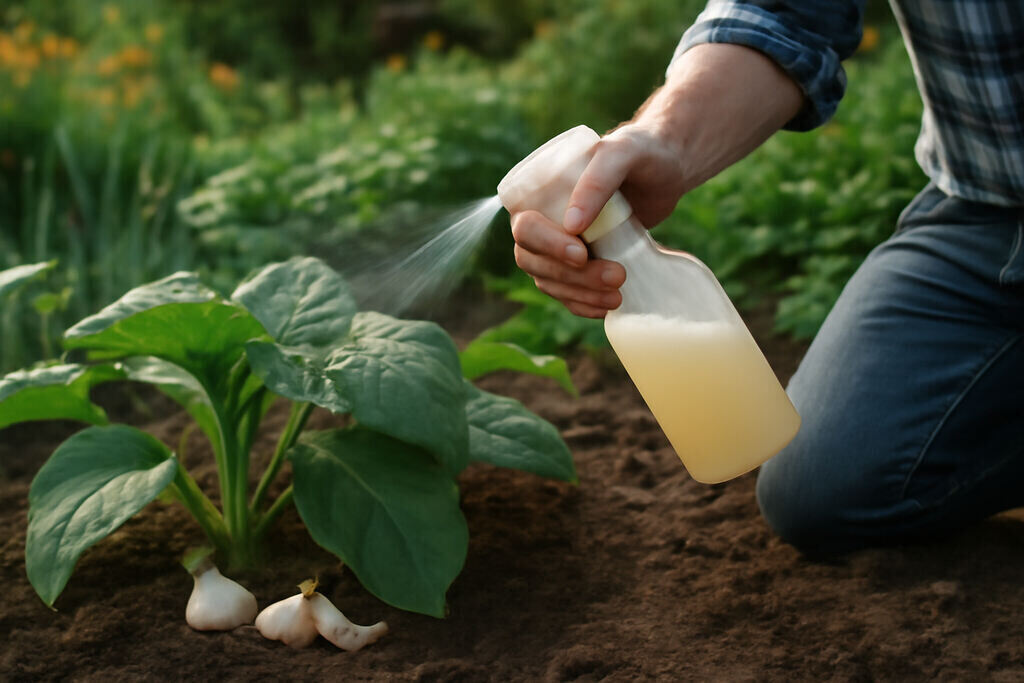
Rather than relying on harmful pesticides, try making your own garlic spray to repel insects. Garlic has natural antifungal and antibacterial properties that deter a variety of pests, including aphids, whiteflies, and even mosquitoes. To make the spray, blend a few cloves of garlic with water, strain the mixture, and spray it on your plants. It works wonders in my garden—plus, it’s completely safe for both plants and pets. It’s one of those inexpensive and natural remedies that gardeners swear by.
6. Water Your Plants in the Morning

Watering is essential for plant growth, but timing matters more than you might think. Watering in the morning gives plants a chance to absorb the moisture before the day’s heat kicks in, while also allowing the soil to dry out by evening. This helps prevent fungal diseases that thrive in damp conditions.
I’ve noticed that my plants are healthier and more vibrant when I water early. Plus, it saves you time and effort since you won’t have to water as frequently during the day. Aim for early morning, ideally before the sun is fully up.
7. Create a DIY Plant Support System with Twigs
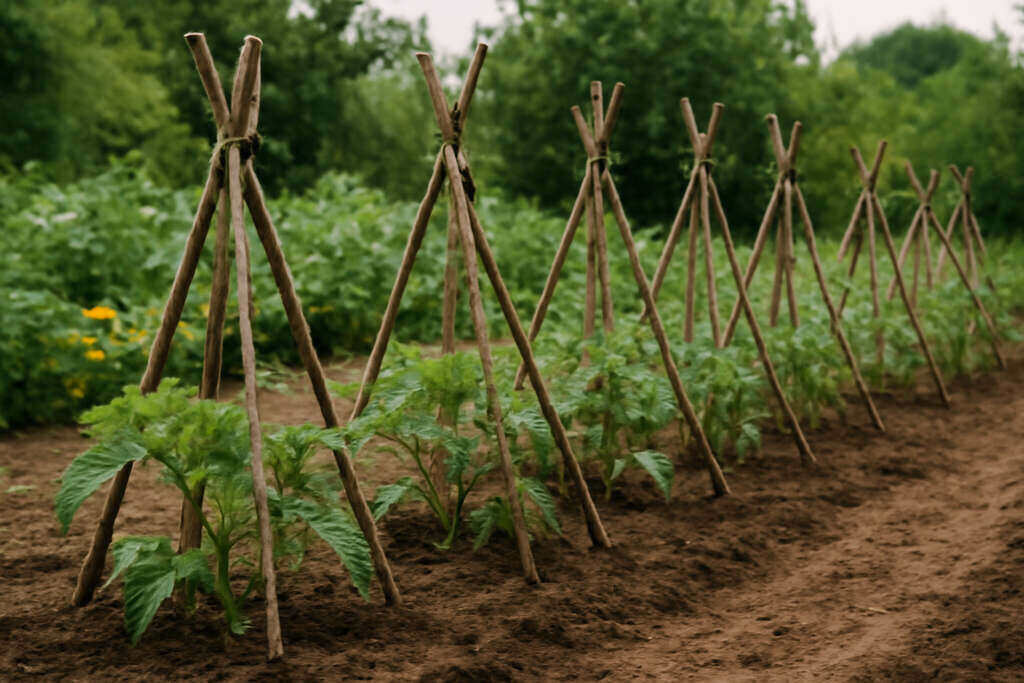
Plant supports can be expensive, but you don’t need to buy them when nature provides everything you need. Gather twigs or bamboo from your yard to create a natural, budget-friendly support system for tall plants like tomatoes, beans, or peas.
Simply tie the twigs together with twine or string to form a sturdy structure that supports your plants as they grow. I’ve used this method for years, and not only does it work, but it also adds a rustic, charming touch to the garden. It’s a fun and free way to ensure your plants stay upright.
8. Plant Marigolds to Keep Pests Away
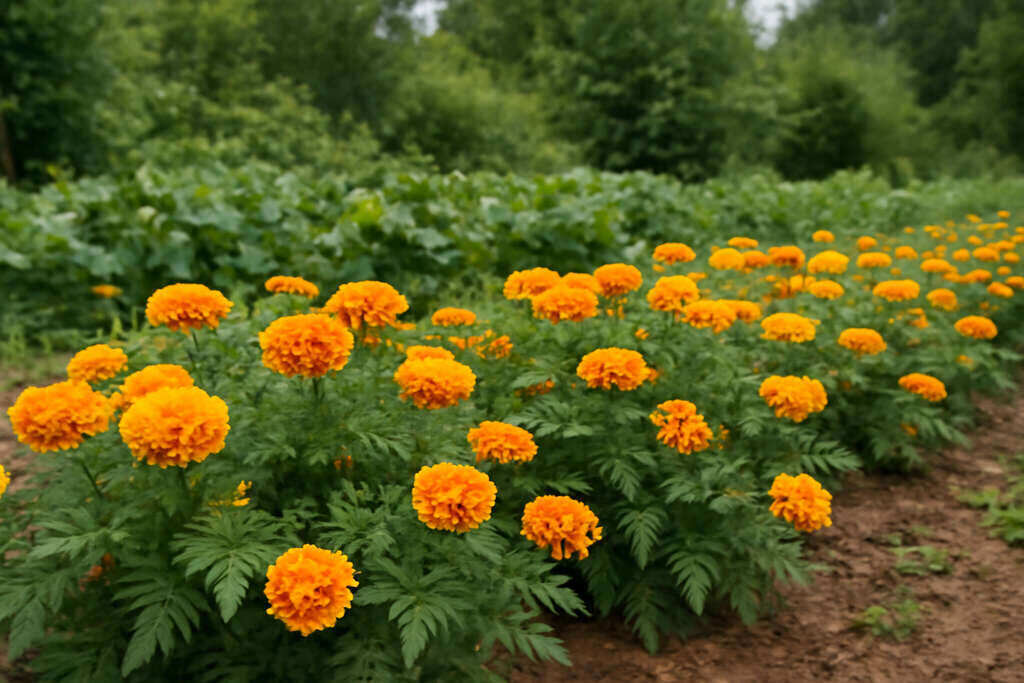
If you’ve ever had problems with aphids or other garden pests, marigolds are your new best friend. These cheerful flowers have a strong scent that repels many pests, including mosquitoes and nematodes. I plant marigolds around my vegetable garden, and they’ve done a great job of keeping pests at bay. They also attract pollinators like bees and butterflies, which help your plants thrive. Marigolds are easy to grow, inexpensive, and offer a natural pest control solution.
9. DIY Natural Weed Killer with Vinegar

Weeds are a gardener’s constant nemesis, but rather than using chemical weed killers, you can make your own natural solution with vinegar. Fill a spray bottle with white vinegar and spray directly on the weeds. The acidity of the vinegar will kill them off without harming the surrounding plants. It’s an eco-friendly solution that works, especially on hot, sunny days when the vinegar dries quickly. I’ve used this in my garden paths, and it has significantly reduced the amount of weeding I have to do.
10. Use an Old Newspaper as a Weed Barrier
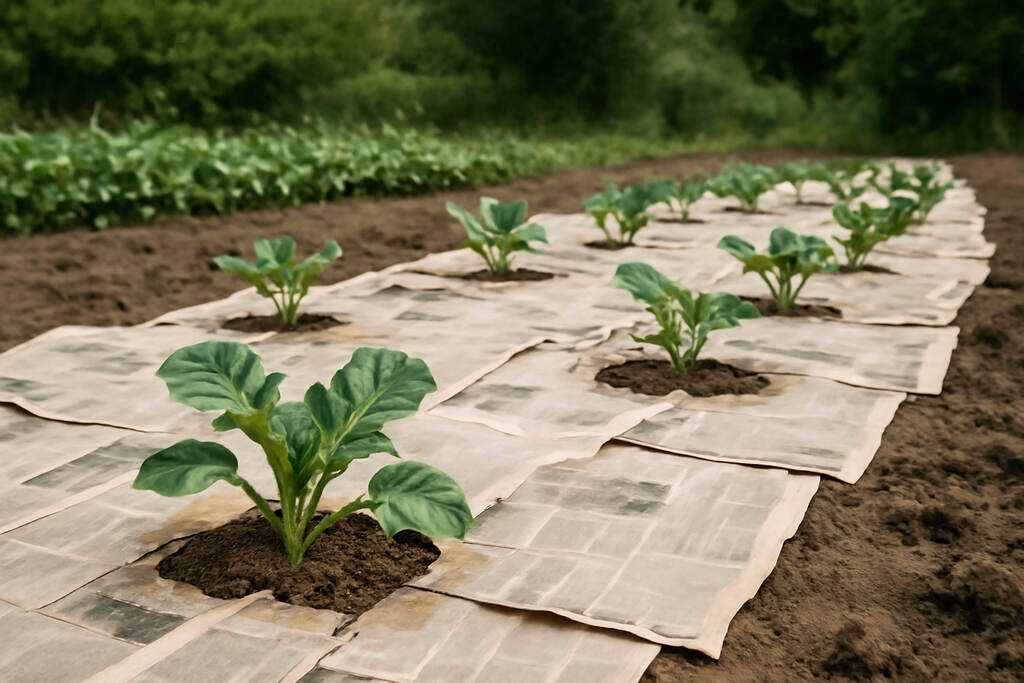
Speaking of weeds, one of the best ways to prevent them from taking over your garden beds is by using old newspapers. Lay down several layers of newspaper around your plants, covering the soil completely. The newspaper blocks sunlight and prevents weeds from sprouting, and as it decomposes, it adds organic matter to the soil. This trick works especially well when you’re planting in areas prone to weeds. I used this method in my flower bed, and it made a huge difference in reducing the amount of weeding I had to do.
11. Make Your Own Compost for Richer Soil
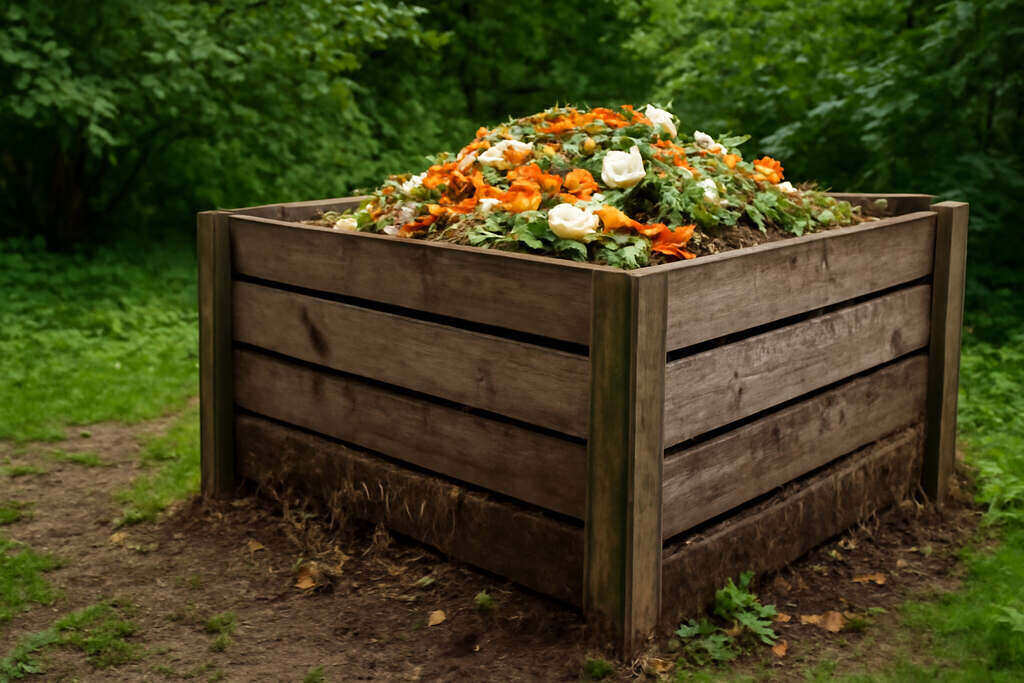
Composting is one of the most sustainable gardening practices. It turns kitchen scraps, yard waste, and other organic materials into nutrient-rich compost that can improve soil health. By composting, you reduce waste and provide your plants with natural fertilizer.
My garden has thrived since I started composting. I collect everything from coffee grounds and vegetable peels to leaves and grass clippings. The compost enriches the soil, helps retain moisture, and keeps my plants strong and healthy throughout the growing season.
12. Use Cling Film to Start Seeds Indoors
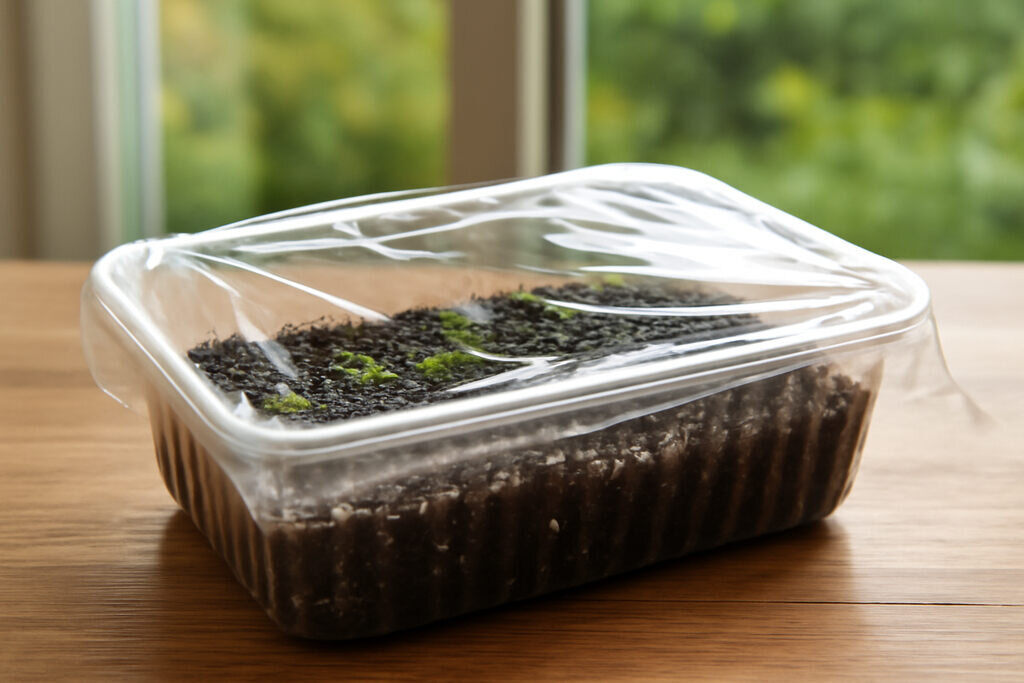
If you don’t have a greenhouse, don’t worry! You can still start your seeds indoors with a simple trick—cling film (plastic wrap). After planting your seeds in a container, cover the top with plastic wrap to create a mini greenhouse. The film traps moisture and warmth, speeding up the germination process. This trick worked wonders when I started my spring seedlings. Just be sure to remove the plastic wrap once the seeds begin to sprout to allow proper airflow.
13. Turn Old Containers into Unique Planters
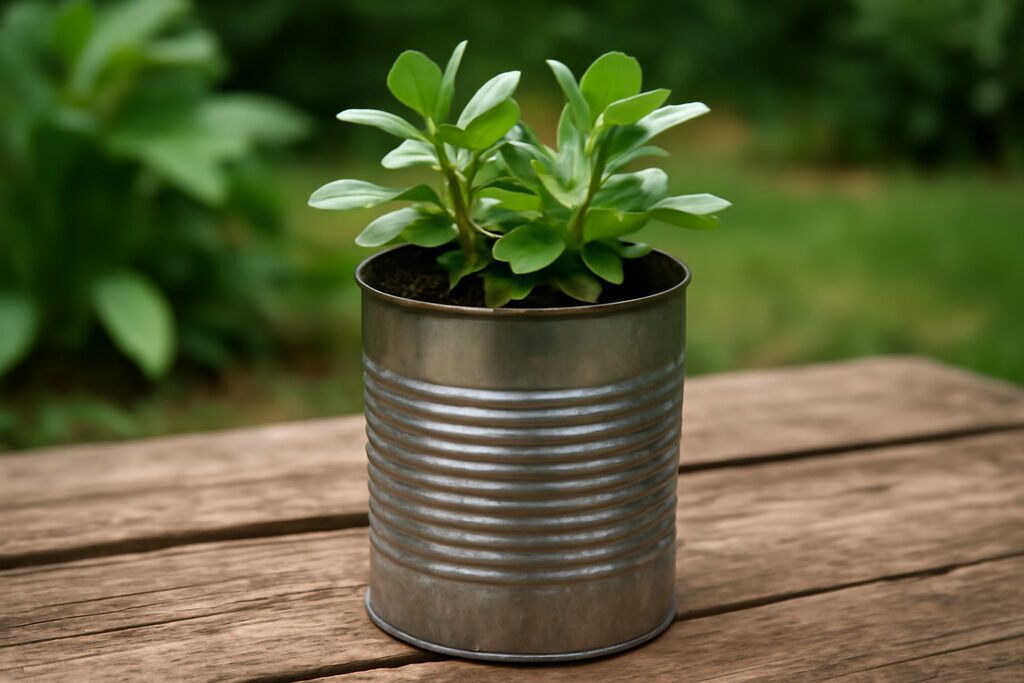
Before tossing out that old tin can, mason jar, or teacup, think about turning it into a quirky planter. Almost anything can be used to house plants as long as it has drainage holes. I’ve transformed everything from old boots to broken ceramics into planters, and it’s added so much character to my garden. It’s also a great way to recycle and add a personal touch to your space. Get creative with your old containers, and you’ll have a fun, eco-friendly garden in no time.
14. Add Rocks for Better Drainage in Containers

If you’re growing plants in containers, good drainage is crucial. To ensure excess water doesn’t sit at the bottom of the pot and drown the roots, place a layer of small rocks or pebbles at the bottom before adding soil. This simple trick helps water flow through the soil and prevents root rot. I did this with my large flower pots, and it made a huge difference in how my plants thrived. Plus, it’s a cost-effective solution that works every time.
15. Plant Companion Crops to Boost Growth
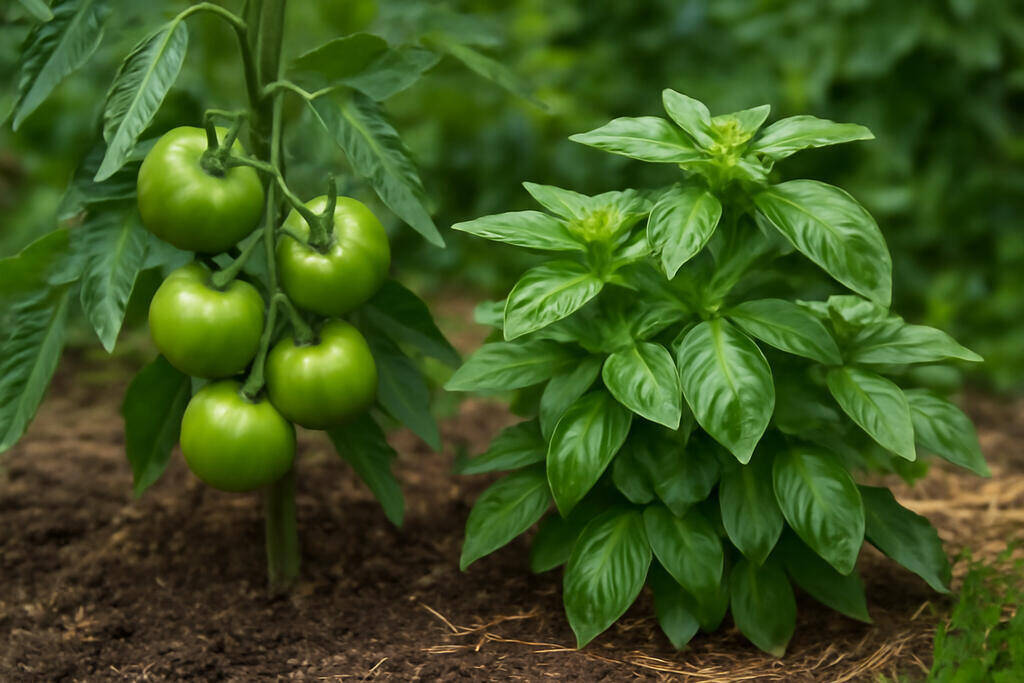
Companion planting is a time-tested gardening trick that involves growing certain plants together to improve their growth. For example, planting basil near tomatoes can enhance their flavor and repel pests. Likewise, beans fix nitrogen in the soil, benefiting nearby plants like corn or squash.
I’ve successfully used companion planting in my vegetable garden to reduce pests and improve yields. It’s a natural way to boost your garden’s health and productivity—plus, it makes your garden look even more beautiful.
Conclusion
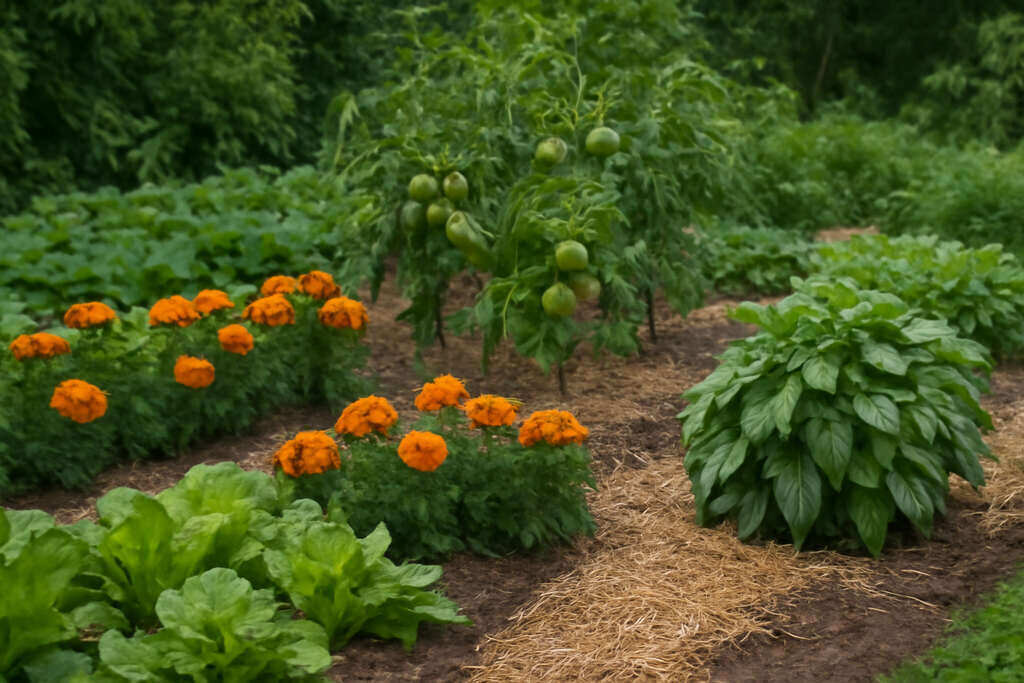
With these gardening tricks, you’re well on your way to a thriving, low-maintenance garden. Whether you’re growing vegetables, flowers, or herbs, these clever hacks can save you time and energy while giving you better results. Remember, gardening is all about trial and error, but these tricks are easy to incorporate and can make your gardening journey a lot smoother. Happy gardening!

